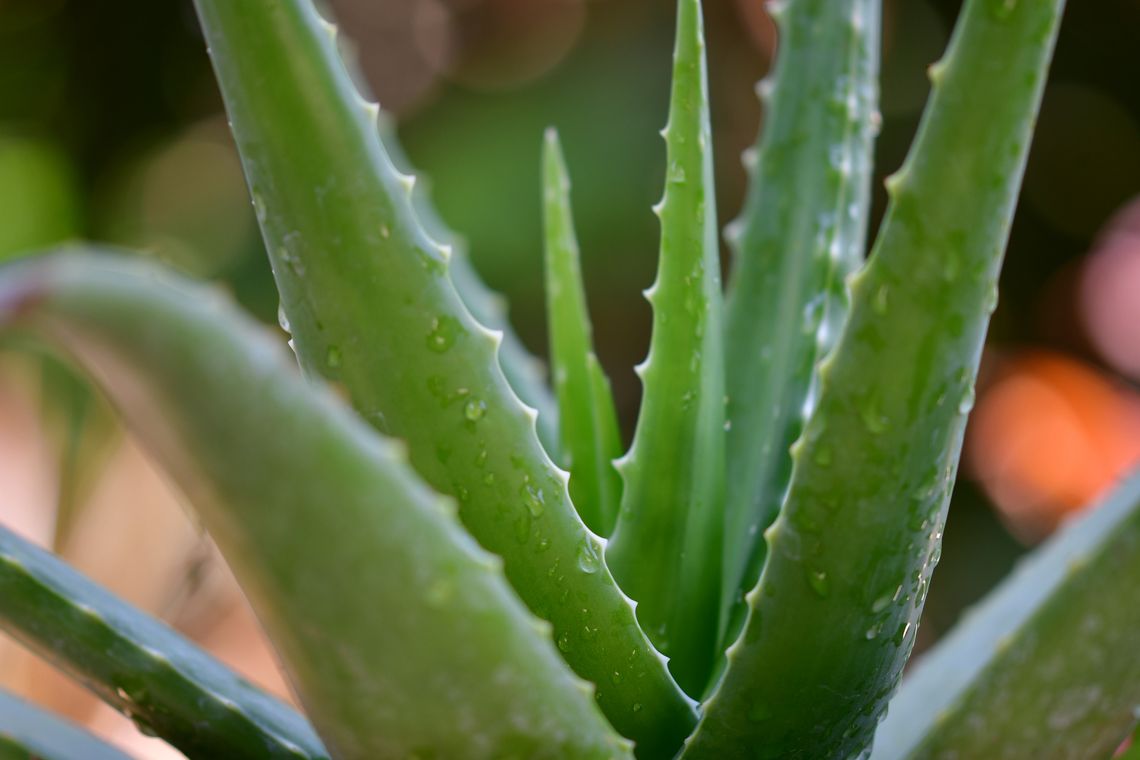Would like to pass along some interesting facts about a common household plant most of us have sitting around, the unique plant Aloe Vera. The good and the bad.
We, the Dykes household, keep a potted growth of it nearby out in our sunroom as a burn aid and abrasions because it really helps. Just lately, I was in another place away from any such help when I spilled some extremely hot soup on my hand. As I flung the burning liquid from my hand and grimaced, I was wishing for some aloe vera that I could break off and rub the gel from within on my burns. And is why I thought to put this informative article together for my readers because most of us if not all of us have some form of aloe vera we use and nearby.
First off, let's dive off into where the good stuff came from.
It originated from the Arabian Peninsula way across from here but now grows wild in as far away places as the tropics and semi-tropic areas and even in the arid climates of the world. It's name is derived from the Arabic word alloeh, meaning "bitter and shiny substance." It is a most hearty plant as it is even regarded as an invasive plant in some places, meaning it's not a welcome sight like our yaupon bush in good ol Mississippi. But for the most part it is a welcome sight and is cultivated for commercial uses and products like sits in our bathroom pantry. It has been used for centuries as a topical treatment and is widely attractive to the lady folks for decorative purposes indoors as a potted plant. Even as a little boy, I can remember mother having her aloe vera potted plants in and around the house. Today it is found in lotions for hair, skin, cosmetics, and gels for the burns and skin abrasions as mentioned already. Most products made and sold from aloe vera are distributed in gel form. The leaves, or as some call the stems, contain significant amounts of the polysaccharide gel, acemannan. That's the good stuff that comes into play that make it valuable for medical and commercial reasons.
But the bad of aloe vera is the skin of those leaves, it is toxic containing aloin.
Not good for humans at all. And it is also not a healthy move to orally ingest aloe vera extracts because the reactions can be dangerous for reasons not fully understood yet. It is also found to be especially dangerous for pregnant women and with some people having allergic reactions if only applied to their skin. But all in all, the good outweighs the bad in our trusty aloe vera plant.
So, as the late great Paul Harvey used to say signing off on his broadcasts, "Now you know the rest of the story, good day."
God bless you and God bless America.
Bro. Mike
.png)

Comment
Comments